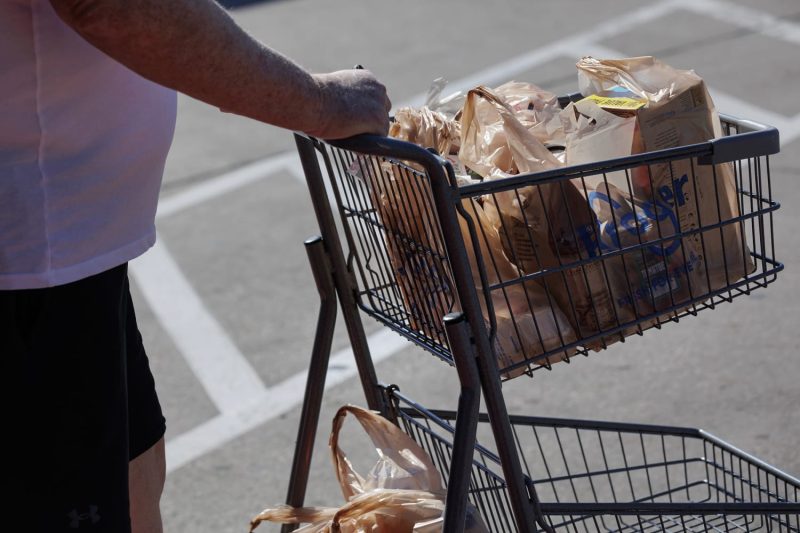The latest data released by the Federal Reserve indicated that the key inflation measure rose by 2.8% in March compared to the previous year, surpassing expectations set by economists. This development has significant implications for the economy and various sectors. Let’s delve into the key factors contributing to this inflationary trend and its potential impacts.
One of the primary drivers of this inflation surge is the ongoing supply chain disruptions caused by the global pandemic. The pandemic-induced lockdowns and restrictions led to closures of factories, disruptions in transportation networks, and shortages of raw materials, all of which contributed to a slowdown in production and distribution. As the economy gradually reopens and demand surges, the mismatch between supply and demand is fueling price increases across various sectors.
Moreover, the unprecedented fiscal stimulus packages implemented by the government to mitigate the economic impact of the pandemic have injected billions of dollars into the economy. This influx of cash has bolstered consumer spending, leading to increased demand for goods and services. When coupled with supply chain constraints, it creates a scenario where prices are bid up due to the imbalance between supply and demand.
The rising inflationary pressures are also aggravated by the soaring energy prices, particularly oil, which have been on an upward trajectory in recent months. Higher energy costs translate into increased production and transportation expenses for businesses, ultimately driving up prices of goods and services. Additionally, the reopening of economies has spurred a resurgence in travel and leisure activities, further amplifying the demand for energy and exerting upward pressure on prices.
The Federal Reserve, in response to the escalating inflation, faces the dilemma of balancing its dual mandate of price stability and maximum employment. The central bank may consider tightening monetary policy by raising interest rates or tapering asset purchases to curb inflationary pressures. However, such measures could potentially slow down economic growth and hinder the recovery process, posing challenges for policymakers in navigating this delicate balance.
In conclusion, the unexpected rise in the key inflation measure underscores the complex interplay of factors at play in the current economic landscape. Supply chain disruptions, fiscal stimulus measures, energy price hikes, and the resurgence in economic activities are all contributing to the inflationary pressures observed. As policymakers grapple with the task of managing inflation while supporting economic recovery, careful consideration of the trade-offs and impacts of policy actions will be crucial in steering the economy towards a sustainable path of growth.
